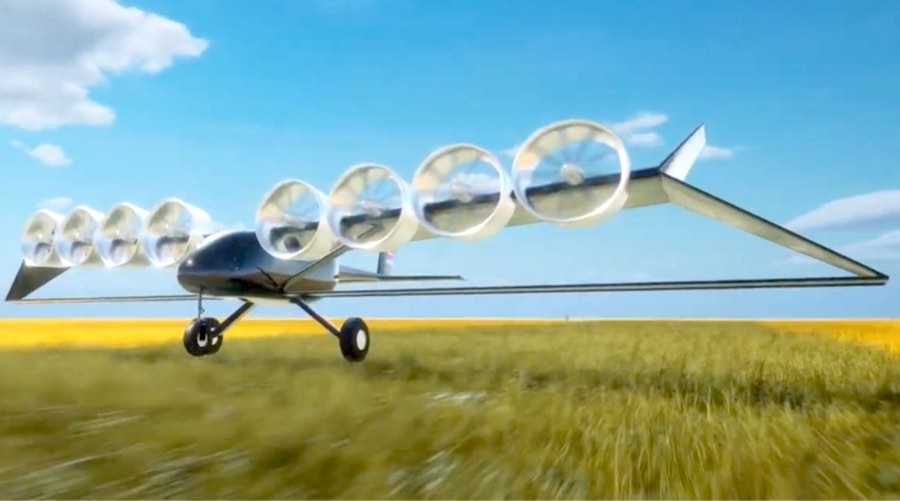
Edison Aerospace continues to make progress in aircraft design on the road to releasing a type-certified remotely and autonomously controlled full-scale airplane for agricultural aerial application.

One of the aspects of the R&D process that is critical to the design of an aircraft is to get computationally predicted values for lift, drag, and stability that are more precise than those used to size the aircraft.

There are two ways to do this sort of analysis of an original design. The first involves making a small-scale model and placing it in the wind tunnel to collect empirical readings. This is a very time and labor-intensive practice that is not conducive to iterative design – to trying different configurations rapidly to find the best combination of features and performance.
The other method is to use a computer program to generate a mathematical model of the aircraft and get the same values quickly, allowing the designer to try many more combinations of features.

Edison Aerospace is using the OpenVSP (Open Vehicle Sketch Pad) software package originally created by NASA to perform basic aerodynamic calculations on a parametric model of the subject aircraft. A quick analysis will return the distribution of pressures on the airframe, coefficients of lift and drag, the distribution of lift along an airfoil, and how these parameters are affected by differing the angle of attack.



More Stories
Additional Member States and first airports join EASA’s award-winning Data4Safety programme
EASA publishes first Easy Access Rules for small category VCA
EASA publishes CBTA Opinion for training next ATCO generation